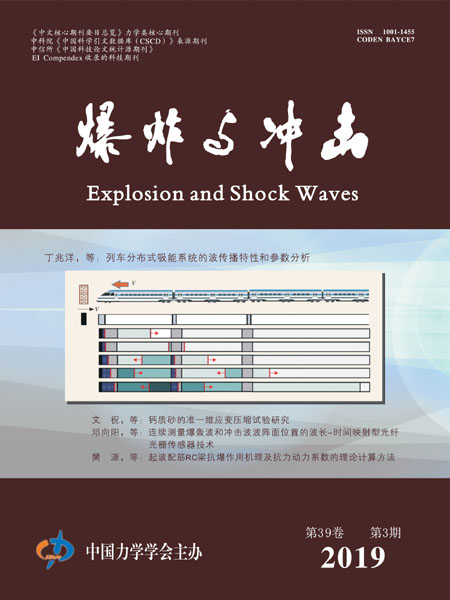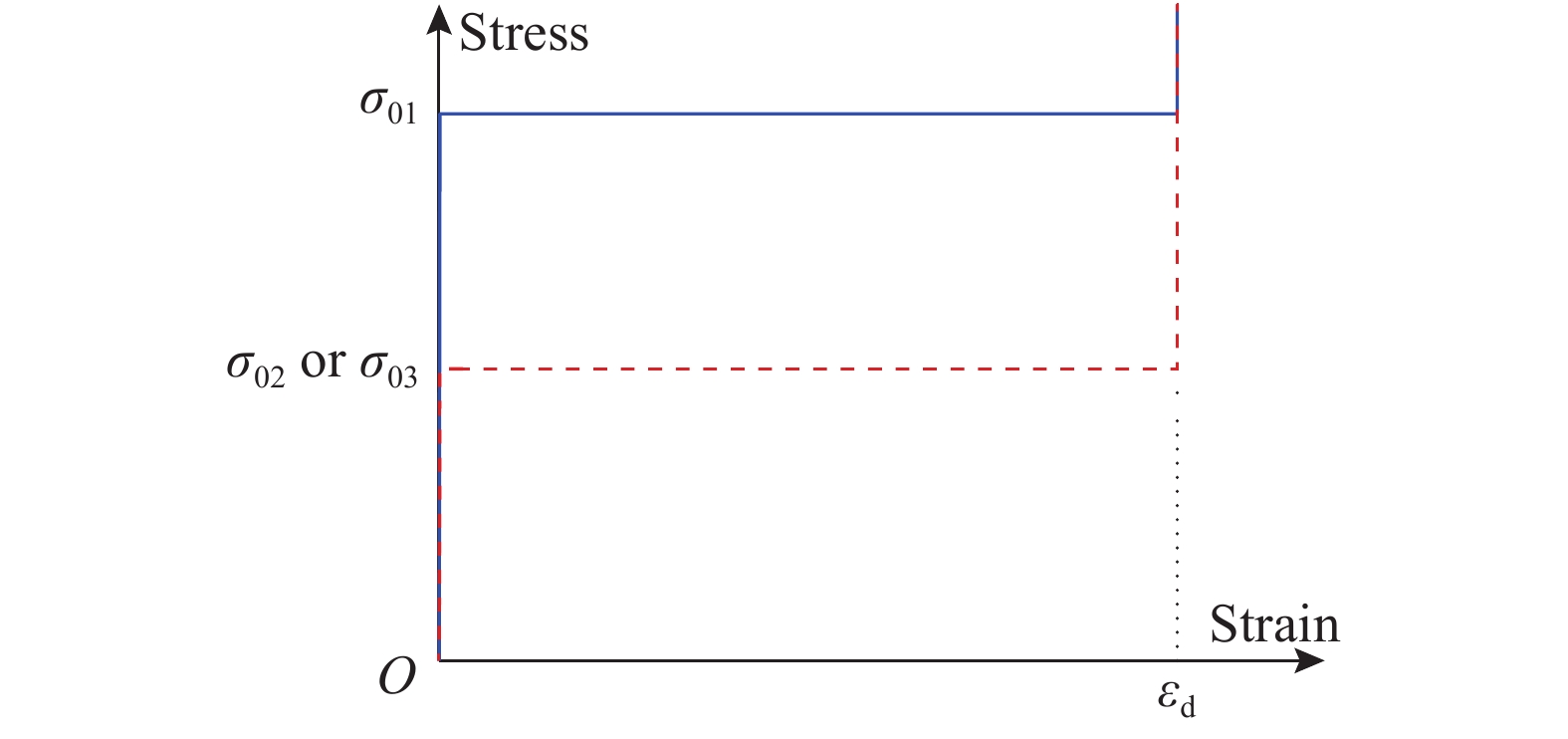| [1] |
DRAZETIC P, TASSIN R, RAVALARD Y, et al. Experimentation and modelling of climbing phenomena of guided transport vehicles [J]. Proceedings of the Institution of Mechanical Engineers Part F: Journal of Rail & Rapid Transit, 1995, 209(16): 11–17. doi: 10.1243/PIME_PROC_1995_209_249_02 |
| [2] |
AMBRÓSIO J A C, PEREIRA M F O S, DIAS J P. Distributed and discrete nonlinear deformations on multibody dynamics [J]. Nonlinear Dynamics, 1996, 10(4): 359–379. doi: 10.1007/BF00045482 |
| [3] |
HAN H S, KOO J S. Simulation of train crashes in three dimensions [J]. Vehicle System Dynamics, 2003, 40(6): 435–450. doi: 10.1076/vesd.40.6.435.17906 |
| [4] |
FMILHO J, CAMBRÓSIO J A, SPEREIRA M F O. Validated multibody model for train crash analysis [J]. International Journal of Crashworthiness, 2003, 8(4): 339–352. doi: 10.1533/ijcr.2003.0242 |
| [5] |
|
| [6] |
DIAS J P, PEREIRA M S. Optimization methods for crashworthiness design using multibody models [J]. Computers & Structures, 2004, 82(17-19): 1371–1380. doi: 10.1016/S0045-7949(04)00122-1 |
| [7] |
DUAN L, SUN G, CUI J, et al. Crashworthiness design of vehicle structure with tailor rolled blank [J]. Structural & Multidisciplinary Optimization, 2016, 53(2): 321–338. doi: 10.1007/s00158-015-1315-z |
| [8] |
TYRELL D, PERLMAN A B. Evaluation of rail passenger equipment crashworthiness strategies [J]. Transportation Research Record Journal of the Transportation Research Board, 2003, 1825(1): 8–14. doi: 10.3141/1825-02 |
| [9] |
WKIRKPATRICK S, MSCHROEDER, SIMONS J W. Evaluation of passenger rail vehicle crashworthiness [J]. International Journal of Crashworthiness, 2001, 6(1): 95–106. doi: 10.1533/cras.2001.0165 |
| [10] |
SIMONS J W, KIRKPATRICK S W. High-speed passenger train crashworthiness and occupant survivability [J]. International Journal of Crashworthiness, 2012, 4(2): 121–132. doi: 10.1533/cras.1999.0095 |
| [11] |
BELINGARDI G, CAVATORTA M P, DUELLA R. Material characterization of a composite–foam sandwich for the front structure of a high speed train [J]. Composite Structures, 2003, 61(1/2): 13–25. doi: 10.1016/S0263-8223(03)00028-X |
| [12] |
HU D, WANG Y, SONG B, et al. Energy absorption characteristics of a foam-filled tri-tube under axial quasi-static loading: experiment and numerical simulation [J]. International Journal of Crashworthiness, 2017: 1–16. doi: 10.1080/13588265.2017.1331494 |
| [13] |
LI Songyan, ZHENG Zhijun, YU Jilin. Energy-absorbing structure design and crashworthiness analysis of high-speed trains [J]. Explosion and Shock Waves, 2015, 35(2): 164–170 doi: 10.11883/1001-1455(2015)02-0164-07 |
| [14] |
REID S R, PENG C. Dynamic uniaxial crushing of wood [J]. International Journal of Impact Engineering, 1997, 19(5/6): 531–570. doi: 10.1016/S0734-743X(97)00016-X |
| [15] |
ZHENG Z J, LIU Y D, YU J L, et al. Dynamic crushing of cellular materials: continuum-based wave models for the transitional and shock modes [J]. International Journal of Impact Engineering, 2012, 42: 66–79. doi: 10.1016/j.ijimpeng.2011.09.009 |










 DownLoad:
DownLoad:











